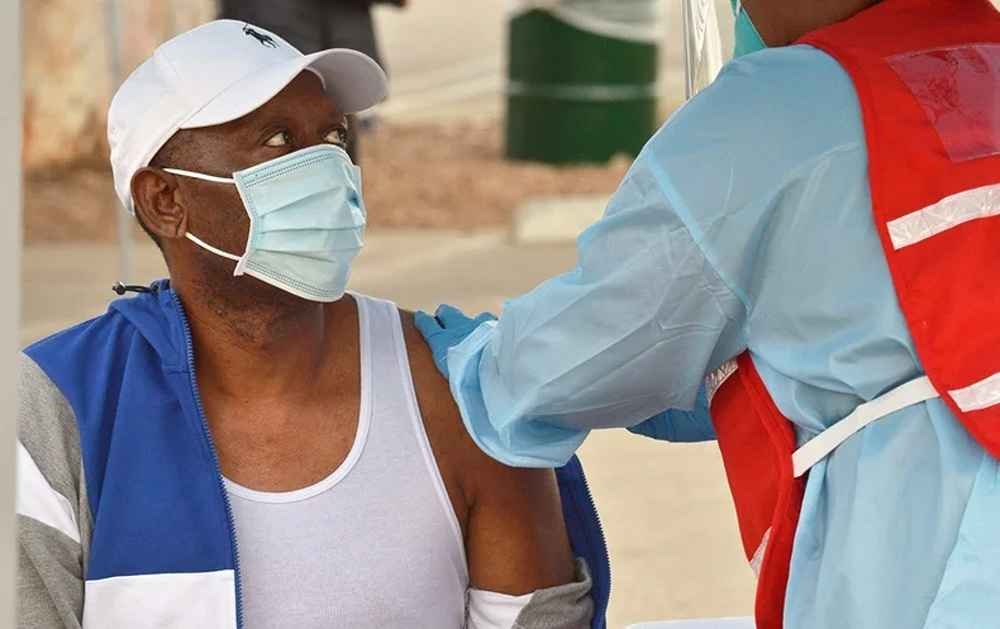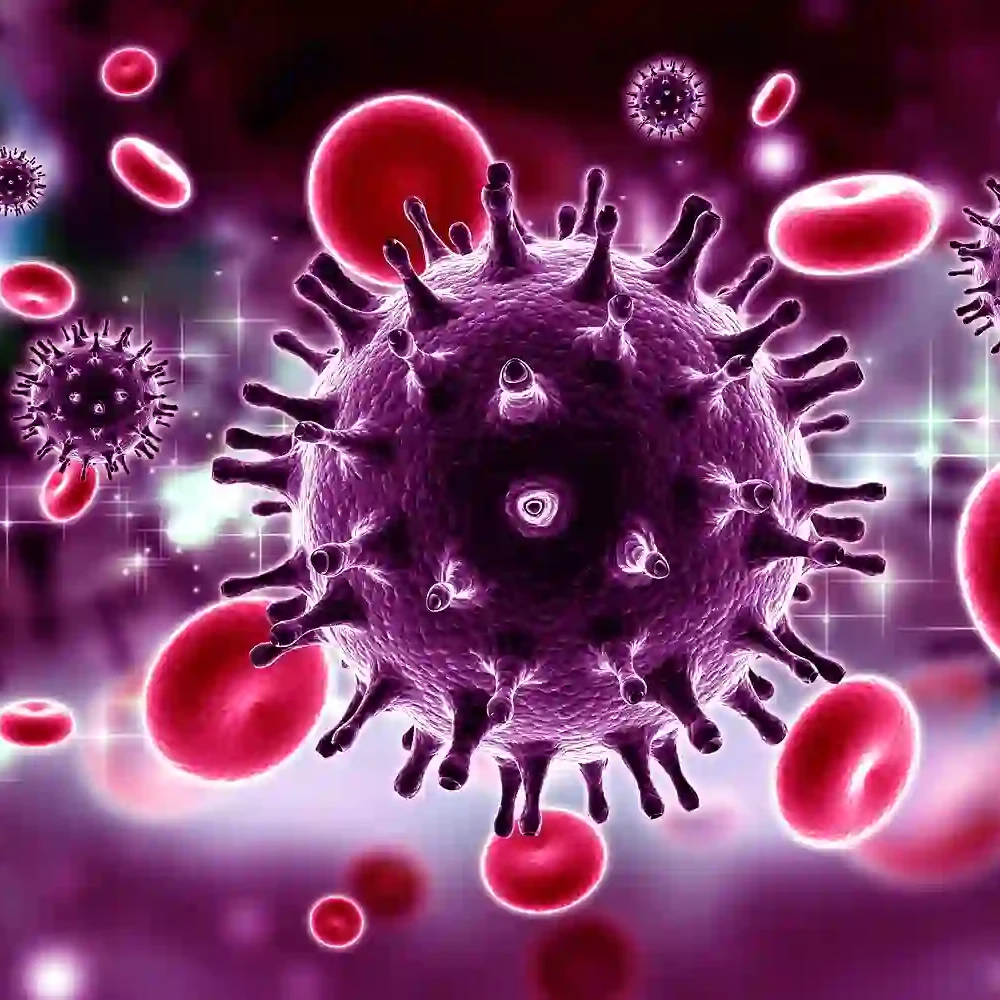Jump to...
- Introduction
- Covid-19 vaccine
- Debunked misinformation about the COVID-19 vaccine
- COVID-19 vaccine candidates
- Measures to ensure the safety of COVID-19 vaccines
- Side effects observed from the COVID-19 vaccines
- Who should receive the COVID-19 vaccine?
- Who should not receive the COVID-19 vaccine?
- What are the benefits of getting vaccinated?
- Conclusion
After nearly a year of a global pandemic, the first shot of the COVID-19 vaccine was administered.
This is a medical science miracle for a vaccine whose production started only months after the onset of the pandemic.
Vaccines have always been a reliable game-changer in fighting epidemics.
They have saved millions of lives globally and prevented even more disabilities.
Diseases like polio, measles, and influenza are partly or wholly eradicated thanks to vaccines.
The global effort from the UN, WHO, partner organizations, and individual countries ensured that the quickest vaccines ever created were made to tackle COVID-19.
- Vaccination is the process of introducing information about a microorganism capable of causing disease into the body before the body gets exposed to the microorganisms to stimulate the immune system, the disease-fighting mechanism of the body, and prepare a defense against the particular microorganism.
- A vaccine is made up of live or dead organisms, parts of the structure of the organism, or synthetic proteins that mimic the structures of the organism.
- As of February 2021, more than 205 million Covid-19 vaccine shots have been given across 24 countries, from about 8–10 different Covid-19 vaccine candidates.
Covid-19 Vaccine

This is the fastest vaccine ever manufactured.
Previously, it was a mumps vaccine that took 4 years.
The following factors made it possible:
- COVID-19 caused a serious global health, social, and economic crisis, thus driving experts globally into tireless work to come up with a vaccine.
- COVID-19 was widespread, therefore making its research more elaborate by providing sufficient trial volunteers. Clinical trials depend on thousands of volunteers to be successful.
- Advancements in vaccine technology—both successful and failed vaccine technologies—summed up to provide a platform for a successful COVID-19 vaccine. The development of the COVID-19 vaccine in principle started years ago as attempts were made to make other vaccines such as Ebola and HIV.
- There is readily available funding and global collaboration involving governments, individuals, and non-governmental organizations (NGOs), the United Nations (UN), the World Health Organization (WHO), and partner organizations.
Debunked misinformation about the Covid-19 vaccine
- Claims of altering human DNA by RNA vaccines: mRNA vaccines cannot alter DNA because they cannot enter the nucleus of the cell, a step necessary for DNA alteration.
- Claims that mRNA is still experimental: mRNA vaccines have been used by over 8 million people via other vaccines.
- The false claim that Covid-19 caused
- Claim that the polio vaccine contained coronavirus.
- Claims that the COVID-19 vaccine caused Bell’s palsy.
- Antibody-dependent enhancement is a phenomenon where the body overreacts to the introduction of material against which it already has antibodies. This has not been demonstrated during clinical trials.
- Aborted fetus material was in the vaccine.
COVID-19 Vaccine Candidates
As of February 2021, 66 vaccine candidates are in clinical trials.
17 in Phase I, 23 in Phase I-II trials, 6 in Phase II trials, and 20 in Phase III trials.
10 vaccines are authorized by at least one national regulatory authority for public use:
- RNA vaccines: Pfizer-BioNTech vaccine, Moderna Vaccine.
- Inactivated vaccines: BBIBP-CorV, Covaxin, CoronaVac.
- Viral vectors: Sputnik V, Oxford-AstraZeneca vaccine, convidicea, Johnson & Johnson Vaccine.
- Peptide Vaccine: EpiVacCorona.
Measures to ensure the safety of Covid-19 vaccines
To ensure their safety for public use, several independent vetting bodies test the vaccines after each candidate has passed clinical trials.
A vaccine must pass the three stages of a clinical trial before it is considered for further vetting by independent panels.
- Phase I trials: This stage checks safety, side effects, the best dose, and the formulation to be used for the vaccine. It is the first human test and uses healthy volunteers. About 100–200 subjects (volunteers) are used, and they are closely monitored for possible side effects.
- Phase II trials: are designed to check the biological effect of the vaccine; this tells us if the vaccine can indeed trigger immunity against the organism against which it is designed to fight. It employs about 50–300 volunteers.
- Phase III trials: This is designed to analyze the effectiveness of the vaccine and its value as an intervention. This employs more test subjects—300–3000+ volunteers.
After a COVID-19 candidate vaccine passes through these trial stages, it passes through the following reviews:
- Regulatory review and approval by the country where the vaccine is manufactured. This qualifies the vaccine for World Health Organization (WHO) prequalification.
- Review by the Global Advisory Committee on Vaccine Safety.
- Review by the Strategic Advisory Group of Experts on Immunization (SAGE).
- Independent reviews by country-based regulatory bodies are required before a country allows the use of a vaccine candidate on its people.
- Finally, approved vaccines will be distributed through a complex process under the required temperature standards.
Side effects observed from the Covid-19 vaccine
Over 205 million people have received at least a dose of the COVID-19 vaccine, with 70–95% effectiveness across all vaccine candidates.
These vaccines not only lessen the risk of developing COVID-19; they also lessen the risk of developing severe disease.
Minor side effects have been observed.
A side effect isn’t necessarily that the vaccine is bad for the body; some side effects are indicators that the desired response to the vaccine is mounted by the body.
These side effects may last 24–48 hours or less than a week.
They include:
- Pain at the site of injection
- Painful, swollen lymph nodes in the arm where the vaccine was injected
- Headache
- Tiredness
- Muscle or joint aches
- Nausea and vomiting
- Fever and chills
Rarely, some individuals have shown hypersensitivity to the vaccine.
This type of reaction occurs shortly after the vaccines are administered, and there are measures put in place to abate it once it occurs.
COVID-19 and its potential to cause death are of great concern.
The benefits of the vaccine outweigh the risks of the side effects.
Who should receive the COVID-19 vaccine?

The COVID-19 vaccine is distributed at the national level based on the risk of exposure to individuals and poor outcomes by some groups of individuals from possible infection.
Therefore, it was recommended by SAGE as follows:
- Health workers are at high risk of exposure.
- Older adults
- Finally, the general population
Who should not receive the COVID-19 vaccine?
People with allergies—people with a history of severe allergic reactions to components of the vaccine.
People who still test positive for COVID-19 should wait about 3 months after a negative test before taking the vaccine.
The following groups should take the COVID-19 vaccine with caution:
- Pregnant women: Pregnant women were not included in clinical trials; therefore, there’s no universal consensus on whether or not they should be exempted from the vaccination. Although a lot of regulatory bodies suggest it is safe,
- People with underlying medical conditions: There is no data to exclude individuals with HIV, autoimmune diseases, and other chronic medical conditions from taking the COVID-19 vaccine. However, individuals who fall into this category are advised to inform their local health provider before receiving the vaccines.
- Children and teenagers: Some vaccine candidates have age cut-offs. The Moderna vaccine is recommended for individuals 18 years and older, while the Pfizer vaccine is recommended for individuals 16 years and older.
Children should not receive the vaccines until trials on children are completed.
What are the benefits of getting vaccinated?
The COVID-19 vaccines produce protection for individuals who receive them.
- The recipient develops immunity, therefore reducing the chances of becoming infected by COVID-19 and its sequelae when exposed.
- It protects other people around you from contracting the disease.
- It contributes to the global campaign to finally eradicate COVID-19.
Conclusion
The COVID-19 vaccine is one of the vital tools to control the COVID-19 pandemic.
Numerous misinformations and disinformations, which have all been debunked, are crippling the distribution of the vaccine globally.
Global and national efforts continue to ensure step-wise vaccination until worldwide coverage is achieved.
Although there may be side effects, these last a short time.
However, a select group of individuals needs to exercise caution when taking the vaccine.
Taking the COVID-19 vaccine protects you, the people around you, and the world as a whole.
Dr. Choji Choji
Medical professional with a Bachelor of Medicine, Bachelor of Surgery (MBBS) from University of Jos. Has special interest in writing and public health education. Beliefs strongly that adequate patient-information is key to compliance with care.



